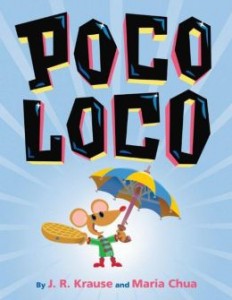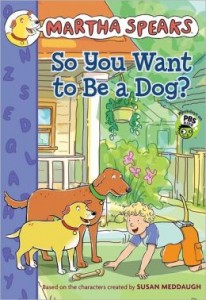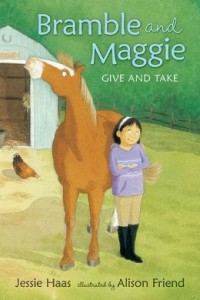Written and Illustrated by J. R. Krause and Maria Chua
Poco Loco is a mouse who’s just a little bit crazy. He invents things that no one else would think of inventing, like the Cuckoo Clock-Coffeemaker, the Shower-Bed, and the Waffle Iron-Weather Forecaster. But those aren’t bad ideas. They are just a little different. What happens when Poco Loco tries to warn his friends Gallo, Gato, Cerdo, and Vaca of bad weather? They do not believe him because the sky is clear—and the weather forecast comes from a waffle iron. But when Poco Loco is swept up by the wind, they quickly learn Poco Loco and his invention are correct. One after the other of them tries to save him, basically ending up looking like a tail to a kite! Whipped away by the strong wind, they may not know it, but they are fortunate when the rain puts an end to their flight . . . and Poco Loco remembers his greatest invention—the helicopter-paraguas (helicopter-umbrella).
Perfect for the second grade reader, comprehension comes easily with the exciting, colorful illustrations. The bilingual approach, best enjoyed when the book is read aloud, will appeal to both Spanish and English learners at the second grade level. Teachers will appreciate the Glossary of Spanish Words, in addition to the many prompts in the text and illustrations. Much like Poco Loco, the authors J. R. Krause and Maria Chua are genios. Children will laugh uproariously at the silliness of Poco Loco and his friends’ adventure. Poco Loco is a must-have for any first, second, or third grade classroom.
Illustrator/Author Website: www.jrkrause.com










